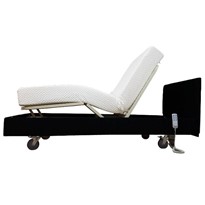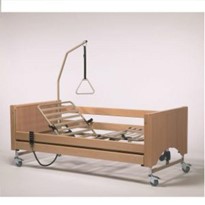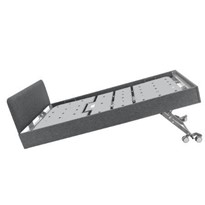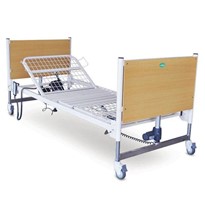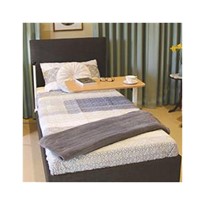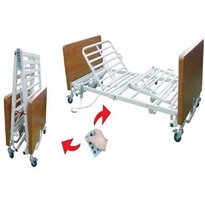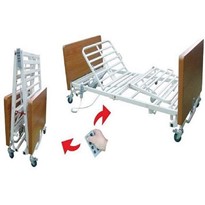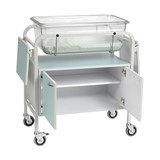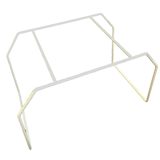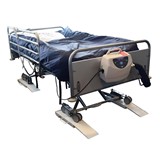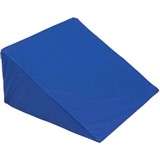Hospital beds are more expensive due to increased functionality and are generally in one piece as opposed to its cousin, which typically breaks into four (4) pieces: the two ends and the splitting of the base. This makes it possible to install in any residential environment. They are also known as pullapart beds.
The quality and functionality of a home care bed is as good as a hospital bed, however when choosing a company to purchase from, ensure their back up support is strong.
Most home care beds come with some degree of electric functionality. This usually comprises Head Raise (for feeding, watching TV), Knee Raise (takes the pressure off the lower back or removes blood from leg extremities whilst raised), and High/Low raise (for ease of access into/out of bed and adjustability for carer).
Most caring companies will not provide service to clients who are not in an electric bed due to Occupational Health and safety reasons.
When looking to purchase, always check to see if the bed has the Trendelenburg option which allows the bed to be tilted forward or backwards. It is fairly standard on todays beds, so don’t miss out. Typically, it utilised for people who are draining their lungs, however it can be simply adjusted to watch the TV.
The easiest way to find the correct level again, is to lower the bed all the way to floor until both motors have stopped whirring.
Although it can be annoying, modern home care beds have a safety function on the hand controller or remote. In the event the patient has the tendency to frequently adjust settings or has Alzheimers, then you can set and forget the level until the carer returns to the bed.
In the event of a power failure, the hand controllers with this function will have to be reset. Back up power supplies are also available for continous electricity. Mattress selection is vitally important although, this will be discussed in another post. Most single home care beds will take up a footprint of approximately two metres by one metre and should have four wheel locking castors. An over bed pole or monkey bar is mandatory for people with upper body strength.
Side rails are important so as to eliminate falls especially whilst the patient and carer are sleeping. Side rails can also have padding so as to stop bruising.


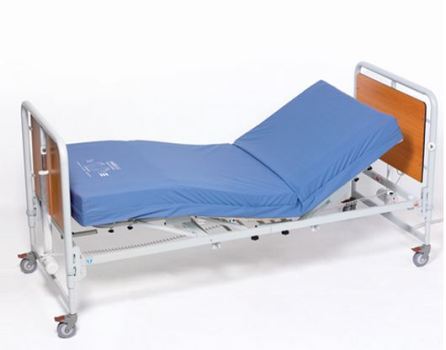



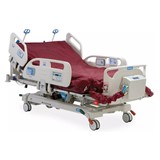
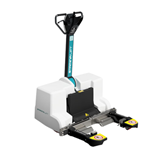
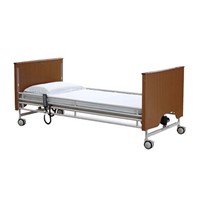
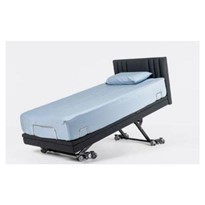
-205x205.jpg)
